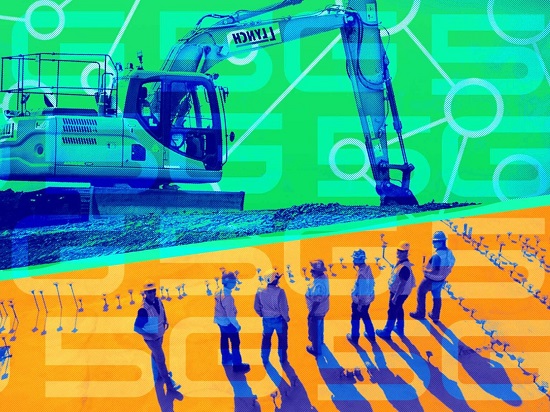 Tuesday, May 7, 2024
Tuesday, May 7, 2024  Tuesday, May 7, 2024
Tuesday, May 7, 2024 
After a tough 18 months for the construction industry, due to the COVID-19 pandemic, things are gradually returning to normal. Construction companies are increasingly under pressure to go digital to make up for this lost production time, particularly given the recent sharp rise in demand in housebuilding and other sectors. The industry has long faced criticism for projects being delivered over budget and late. Combine this with a lack of skilled workers due to furlough and redundancies, and the rising costs of building materials stuck in the supply chain, and management is feeling the pressure. Construction companies must find other ways to increase their efficiency and sustainability, whilst optimizing how they work and ensuring workforce safety. Onsite connectivity is one promising potential solution to these problems.
They need to innovate by maximizing the potential of advances in software and technology, such as Building Information Modelling (BIM), onsite 3D printing, and augmented reality. All of this requires high speed, reliable and portable onsite internet connectivity, something which has always been hard to come by on construction sites. The lead time for installing fixed fiber communication lines can be months, involving minimum duration contracts or difficult access conditions.
The digital revolution is providing a ground-breaking alternative to a fixed-line internet connection, allowing the construction industry to gain new capabilities via wireless onsite connectivity. This is known as ‘route tunneling’, from the main headquarters to the site. Wireless broadband internet, delivering high speed and low latency connectivity via 4G, currently provides most of the connectivity.
In the future, applications needing greater bandwidth for sizeable data transfers will benefit greatly from the rollout of 5G, e.g. when downloading and viewing project data such as CAD drawings.